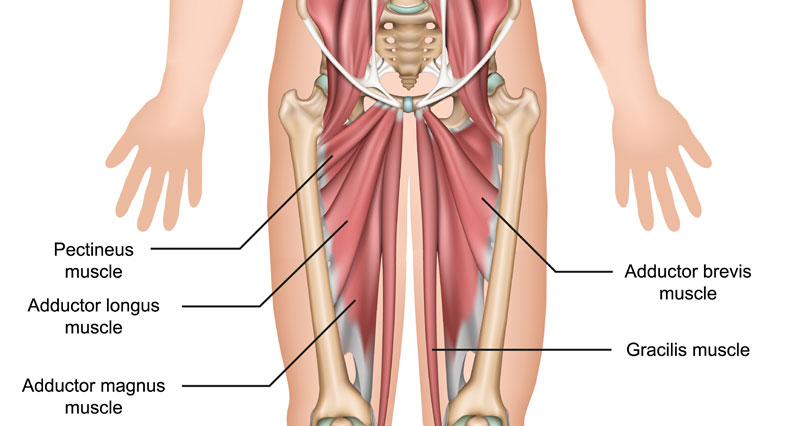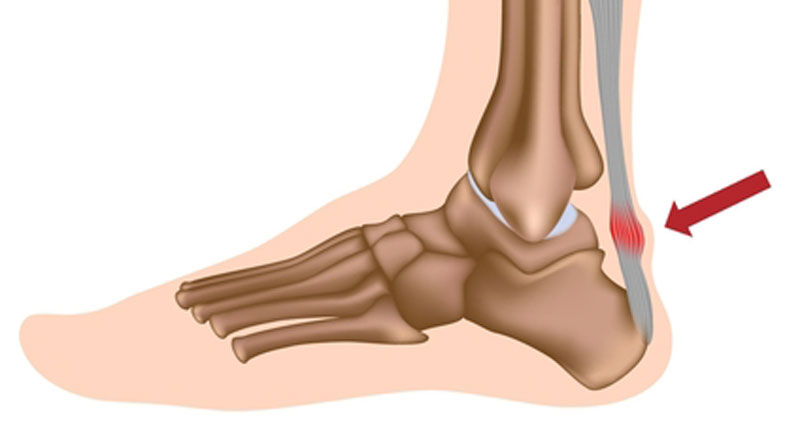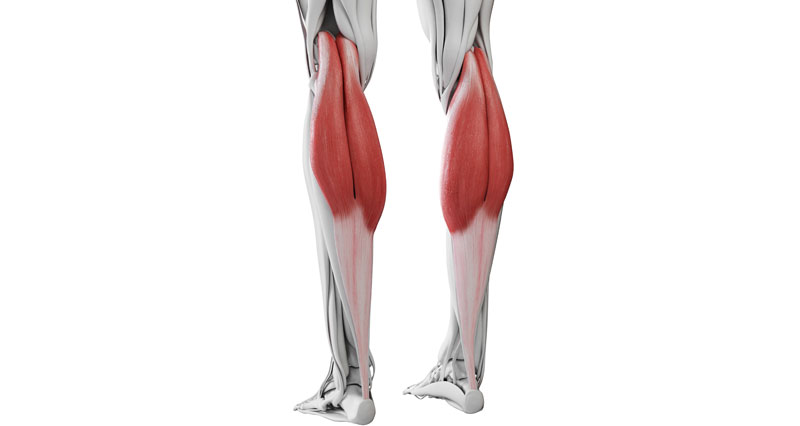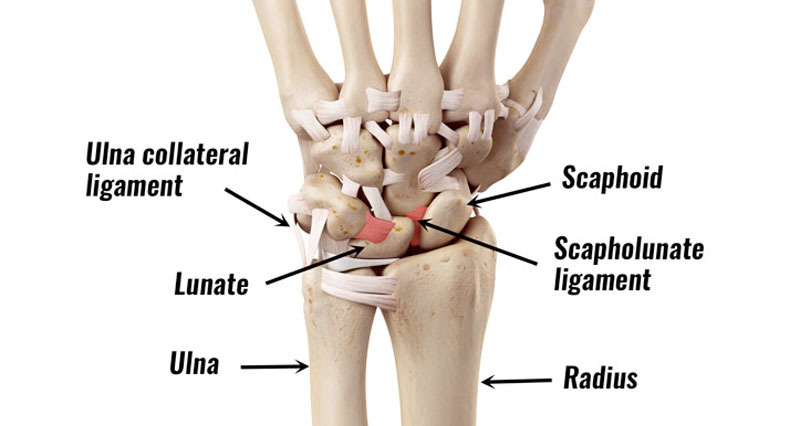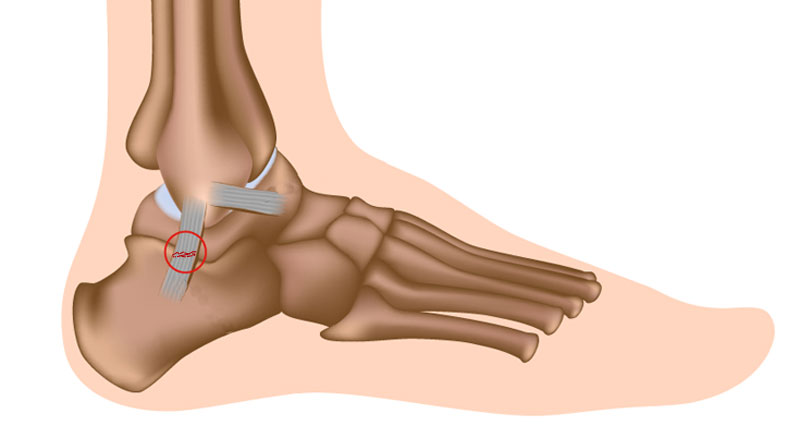Several mental illnesses and disorders are commonly found in athletes, often related to the unique pressures and demands of competitive sports. Below we outline some of the most prevalent mental health conditions among athletes.
Mental Illness vs Mental Disorder
The terms mental illness and mental disorder are often used interchangeably but have subtle distinctions. Mental illness refers to specific clinical diagnoses that affect an individual’s mood, thinking, or behaviour and cause significant impairment in daily life.
Mental disorder, on the other hand, is a broader term that encompasses a wide range of psychological and emotional conditions that disrupt normal functioning. They may not always imply the need for medical treatment.
Some of the most prevalent mental health conditions among athletes include:
1. Anxiety Disorders
Performance Anxiety
Athletes often experience anxiety related to their performance in competitions or fear of failure. This can manifest as overwhelming nervousness before events, panic attacks, or an inability to focus. Men typically experience heightened anxiety closer to the event. Their anxiety often peaks in the final hours leading up to competition. However, in contrast, women often begin to experience anxiety earlier, sometimes days in advance of the event.
Generalized Anxiety Disorder (GAD)
This disorder involves chronic worry about various aspects of life, including sports performance, injuries, or future career prospects. Athletes with GAD may feel persistent anxiety even in the absence of specific triggers, leading to difficulties in focusing, disrupted sleep, and muscle tension.
2. Depression
Major Depressive Disorder
Depression is one of the most common mental health issues among athletes. The constant pressure to perform, injuries, burnout, and even post-career identity crises contributes to feelings of sadness, hopelessness, and disinterest in both sports and everyday activities. Research suggests that up to 34% of current elite athletes experience symptoms of depression, compared to approximately 15-20% in the general population
A study published in the British Journal of Sports Medicine found that retired athletes are even more vulnerable. Nearly 40% reported symptoms of depression after their careers ended. This increase is often linked to the loss of identity, structure, and social connections that athletes experience post-retirement.
Seasonal Affective Disorder (SAD)
Athletes in sports with defined off-seasons or those living in regions with long winters may be at risk of SAD. This is a form of depression triggered by changes in seasons and reduced sunlight. Light therapy is one of the most common and effective treatments for SAD. It involves sitting near a light box that mimics natural sunlight for about 20-30 minutes each morning. Studies suggest that 60-80% of people with SAD find relief through light therapy.
3. Eating Disorders
Eating disorders are more prevalent in sports than in the general population, particularly in sports that emphasize body weight or appearance.
Anorexia Nervosa and Bulimia Nervosa
Studies estimate that up to 45% of female athletes and 19% of male athletes in aesthetic or weight-sensitive sports (such as gymnastics, diving, wrestling, and bodybuilding) suffer from eating disorders. The desire to control weight or maintain a certain physique can lead to disordered eating behaviours.
Orthorexia
While not officially recognized as a clinical diagnosis, orthorexia refers to an unhealthy obsession with eating “pure” or “clean” foods. This can become problematic when athletes restrict their diet in harmful ways to optimize performance.
4. Substance Use Disorders
Some athletes may turn to substances like alcohol or recreational drugs to cope with the pressures of competition or as a way to self-medicate for untreated mental health issues like depression or anxiety. In other cases, the use of performance-enhancing drugs (PEDs) can lead to addiction and psychological issues.
5. Burnout and Overtraining Syndrome
Burnout
Athletes often face intense physical and mental demands, which can lead to burnout—a state of emotional, physical, and mental exhaustion caused by prolonged stress. Burnout can lead to decreased performance, apathy towards the sport, and withdrawal from competition.
Overtraining Syndrome
Overtraining syndrome occurs when athletes push their bodies too hard without adequate rest, leading to both physical and psychological fatigue. Symptoms can include depression, mood swings, and chronic fatigue.
6. Post-Traumatic Stress Disorder (PTSD)
PTSD from Injuries: Athletes who experience traumatic injuries, accidents, or severe physical events (e.g., concussions) may develop PTSD. This can lead to anxiety, flashbacks, and avoidance of situations that remind them of the injury.
7. Obsessive-Compulsive Disorder (OCD)
Athletes may exhibit obsessive tendencies related to training, diet, or superstitions. This is more than just a pre-match ritual or routine before getting to the start line. OCD in athletes can involve compulsive behaviours like repeating rituals or strict adherence to certain routines before games or practices, which can interfere with daily life.
8. Bipolar Disorder
Although less commonly discussed, some athletes may experience bipolar disorder, characterized by extreme mood swings ranging from manic episodes (periods of high energy and euphoria) to depressive episodes. The extreme highs and lows can disrupt both their personal life and athletic performance.
9. Suicidal Ideation
Research has shown that athletes are not immune to suicidal thoughts, particularly after major injuries, at the end of a career, or when facing intense personal struggles. Retired athletes are particularly vulnerable due to the loss of identity and structure after leaving sports. If you are having suicidal thoughts seek professional help immediately. Suicide is a permanent solution to a temporary problem. There is always help available including The Samaritans (UK) and National Suicide Prevention Lifeline (USA).
Conclusion
Mental health issues among athletes are prevalent and can be exacerbated by the pressures to perform, injuries, and the high demands of competitive sports. While awareness is growing, stigma and reluctance to seek help remain barriers. It’s important for sports organizations to continue supporting mental health initiatives, providing access to psychological care, and promoting open conversations about mental well-being.

